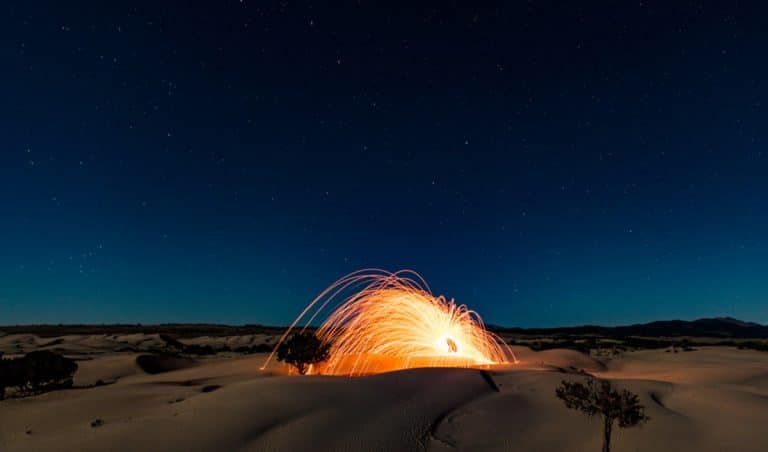Perseid meteor shower 2020: when and how to watch it on August 11 and 12

What is the the Perseid meteor shower?
The Perseid meteor shower is active from mid July to late August, and it peaks from the 11 to 12 August. Those twinkling stars that fall; what we lay on our backs for hours looking out for, to wish upon, and what some may know as shooting stars, have absolutely nothing more to do with stars than the space that they inhabit. In fact, the golden streaks we wish on are tiny particles of dust—vaporising in the Earth’s atmosphere.
Every year, Earth’s orbit collides with a lane of grit left behind by the giant Comet Swift-Tuttle where bits of rocky debris the size of sand grains or peas slam into our atmosphere at 37 miles per second, resulting in a meteor shower. Each meteor can reach scorching temperatures that range between 1,648C (2,998.4F) and 5,537C (9,998.6F) leaving fiery streaks across the night sky—or—shooting stars.
If you’re lucky enough to have a sky unobstructed by light pollution, hope for clear weather and turn your attention upwards. Planetary science researcher and meteorite expert Dr Ashley King advises that “The darker the skies, the better your odds are of seeing the really faint ones as well,” adding that “You could go to the coast or stand on a hill in the middle of the countryside somewhere.” But if, like many, you can’t get away, a window will be just fine, you just need to be patient.
According to NASA, the Perseids are among the most plentiful meteor showers that humans can observe.
When and where is the Perseid meteor shower taking place?
From 11 to 12 August, the meteor shower will be at its peak, and is best seen at 2AM in your local time or at dawn. It’s one of nature’s most spectacular annual shows, describes the Royal Museums, Greenwich (RMG). The Perseid shower got its name because the meteors appear to dart out of the Perseus constellation, after the hero of Greek myths. The Perseid showers can be seen all across the sky, but are strongest in the Northern Hemisphere.
So, wherever you are, all you have to do is look up. The show should come to you.




